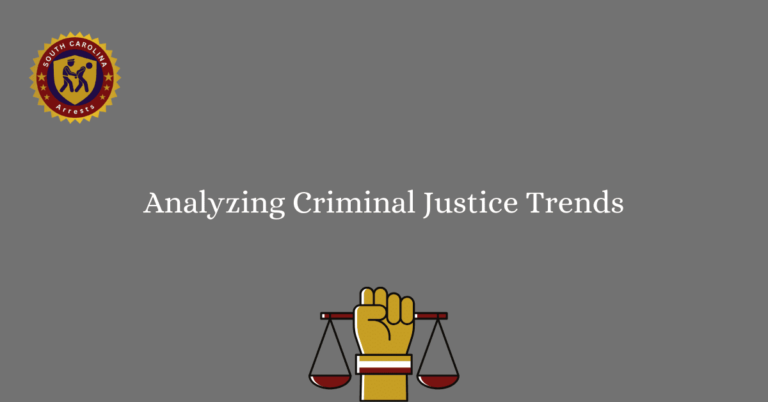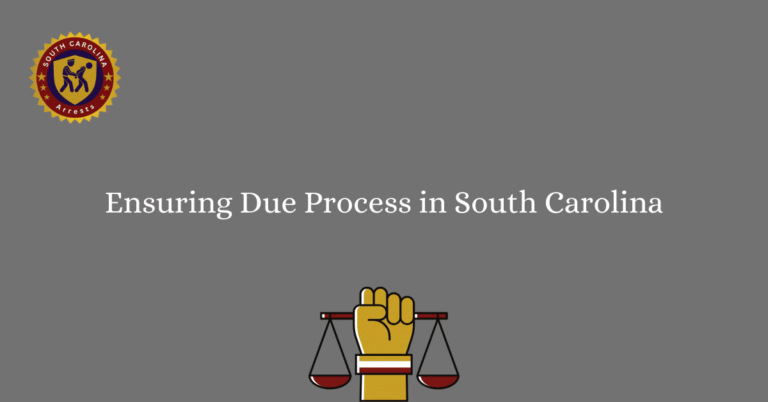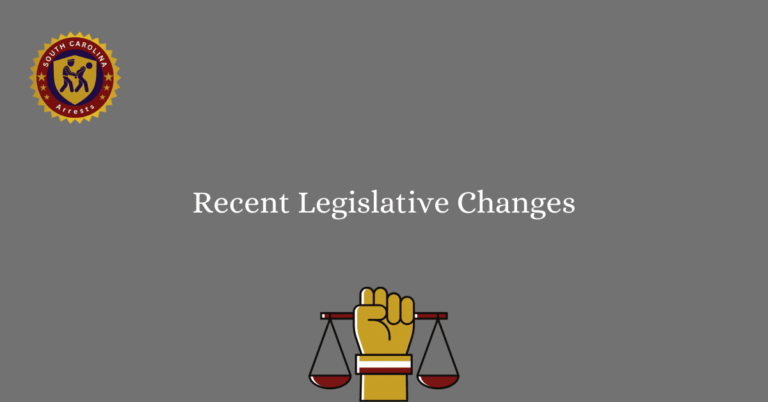Mapping Crime Trends in South Carolina
Crime trends in South Carolina have been a topic of interest for many, as they provide valuable insights into the safety and security of the state. Understanding these trends can help policymakers, law enforcement, and the general public make informed decisions to promote a safer community. By analyzing data on crime rates, types of crimes, and geographical hotspots, a clearer picture emerges of where interventions may be needed most.
Mapping crime trends in South Carolina allows us to visualize patterns and identify areas that may require additional attention. By pinpointing specific locations where certain crimes are more prevalent, resources can be allocated strategically to address these issues effectively. Through the use of data analysis and mapping techniques, a more comprehensive understanding of crime trends in South Carolina can be achieved, leading to targeted solutions and improved safety for all residents.
Crime Trends in South Carolina
Crime trends in South Carolina are a crucial aspect of public safety and law enforcement. By analyzing data sources and identifying patterns, authorities can effectively allocate resources to combat crime and create a secure environment for residents.
Analyzing Data Sources for Insights
One of the key components of understanding crime trends in South Carolina is analyzing data sources. This involves collecting and examining data from various sources such as police reports, crime statistics, and surveys. By analyzing this data, law enforcement agencies can gain valuable insights into the types of crimes that are prevalent in different areas of the state.
Identifying Patterns and Hotspots
Once data sources have been analyzed, it is important to identify patterns and hotspots of crime in South Carolina. This can help law enforcement agencies determine where resources should be allocated to address high-crime areas effectively. By identifying hotspots, authorities can focus their efforts on reducing crime rates in these specific locations.
Tracking Changes Over Time
Tracking changes in crime trends over time is essential for understanding the effectiveness of crime prevention strategies. By monitoring changes in crime rates, law enforcement agencies can adjust their approaches to combatting crime and allocate resources where they are most needed. Geographical data and mapping tools play a crucial role in tracking changes over time.
Allocating Resources Effectively
Effective allocation of resources is crucial in the fight against crime in South Carolina. By analyzing data and identifying hotspots, law enforcement agencies can allocate resources such as personnel, equipment, and funding to areas where they are most needed. This targeted approach can help maximize the impact of crime prevention efforts.
Visualizing Crime Patterns through Mapping
Mapping crime patterns in South Carolina is a powerful tool for law enforcement agencies. By visualizing crime data on maps, authorities can identify trends, hotspots, and areas of concern more effectively. Mapping tools allow for a spatial analysis of crime patterns, helping law enforcement agencies make informed decisions about resource allocation and crime prevention strategies.
Enhancing Public Safety Collaboratively
Enhancing public safety in South Carolina requires collaborative efforts between law enforcement agencies, community organizations, and residents. By working together, stakeholders can address underlying issues that contribute to crime, implement effective crime prevention strategies, and create a safer environment for all residents. Collaboration is key to reducing crime rates and improving public safety in the state.
Creating a Secure Environment for Residents
Ultimately, the goal of analyzing crime trends in South Carolina is to create a secure environment for residents. By understanding crime patterns, identifying hotspots, and allocating resources effectively, law enforcement agencies can work towards reducing crime rates and enhancing public safety. Through collaborative efforts and strategic planning, authorities can create a safer and more secure environment for all residents of South Carolina.
Frequently Asked Questions
Our FAQ section aims to provide comprehensive information on Mapping Crime Trends in South Carolina. Below are some commonly asked questions along with detailed explanations.
What is Mapping Crime Trends in SC?
Mapping Crime Trends in SC is a method used to analyze and visualize patterns of criminal activity in South Carolina. It involves the use of geographical information systems (GIS) to map and identify crime hotspots, trends, and patterns.
How is Mapping Crime Trends beneficial for law enforcement agencies?
Mapping Crime Trends allows law enforcement agencies to allocate resources effectively, identify high-crime areas, and develop targeted crime prevention strategies. By analyzing data visually, agencies can make informed decisions to improve public safety.
What data sources are used for Mapping Crime Trends in SC?
Various data sources are used for Mapping Crime Trends in SC, including police reports, crime incident data, demographic information, and geographical data. These sources are integrated and analyzed to create comprehensive crime maps.
What are some common techniques used in Mapping Crime Trends?
Common techniques used in Mapping Crime Trends include hotspot analysis, spatial clustering, crime density mapping, and trend analysis. These techniques help identify patterns and trends in criminal activity over time and space.
How can Mapping Crime Trends help communities and residents?
Mapping Crime Trends can help communities and residents by raising awareness about crime patterns, promoting community engagement in crime prevention efforts, and fostering collaboration between law enforcement and community members to address safety concerns effectively.
What are the challenges associated with Mapping Crime Trends in SC?
Challenges in Mapping Crime Trends in SC include data accuracy and reliability, privacy concerns, resource limitations, and the need for specialized technical skills. Overcoming these challenges requires collaboration, data sharing agreements, and ongoing training for law enforcement professionals.







